User State Log
Estimated reading time: 8 minutes | Target users: Supervisors, Administrators
The User state log interface shows all user states that occur during a working day or a longer period of time. Here you can track how your agents switch from state to state over time and how much time they spend on each state.
This tutorial covers:
- What the user state log can be used for
- How the filter section is configured
- How to perform a search process
- What its most important data columns are
1. Introduction
The User state log tells you about your users’ (agents and supervisors alike) logged statuses in chronological order, their time spent in each status and the project the status is linked to. One of the main uses of this tool is to track and spot unusual data, events and thus abuses by your users, so you can improve your business performance.
2. The Filter Section
The filter section is a powerful tool for the User state log, as it allows you to specify the length of time your search covers, as well as specific statuses or users.
In the list below, you can find what each of the Filtering options means and does in VCC Live’s User state log.
- Date: A Date picker tool, allowing you to select a time period, for example, the current day, a few days from the previous week, or even specified days from previous years.. The range of values you can select is 1-30 days. Please note, a date range can only cover days that are within the same calendar month, so if you need information covering several months, you will need to perform additional search processes.
- Team: Filters your results so you can see logs that belong to your selected Team only. Please note that only one Team can be selected at a time.
- Project: Filters your results so you can see logs that belong to your selected Project only. Please note that you can only select a maximum of one project at a time. If you select no project, then the results for all projects are displayed.
- Type: Includes three unique filter adjustments. These advanced filters are designed to cover frequently used search criteria. The three types are:
- First login and the last logout of the day: Filters your users’ first login and last logout events of a day with timestamps. This helps you see whether your agents are actually working during the agreed working hours. For more specific information on work time, please refer to Global call statistics > Total login time and Login time excluding breaks.
- Display the auxes followed by aux: Shows events when an agent chooses a break code while already being on a break. Agents may try to do this in order to avoid being notified by their supervisors that they are spending too much time on a break. As such occurrences are not beneficial for your company’s business operations, we recommend filtering and paying attention to such events.
- Available states immediately followed by aux: Filters events when agents enter their Break status right after their Available status: that is, when agents choose a break code from their Available status. In such cases within Predictive and Power projects, calls are still initiated for these agents by the dialer, resulting in Dropped calls. Since agents are supposed to choose break codes while in Call or After Call Work Status, this filter helps you spot and identify events when this is not the case.
- Status: Filters your results so you can see logs that belong to the selected Status only. More than one status can be selected at a time. All break codes are represented here as AUX, and break statuses that last for too long (over the Hard limit) are shown in red in the results.
- User: Filters your results so you can see logs that belong to your selected Users only. More than one user can be selected at a time.
To learn more about break codes, visit this tutorial.
Tip: You can select agent users only by clicking on the Agent icon next to the User filter search bar.
3. Data columns
In the User state log, rows represent user status change events and columns represent various data types available. Here is a list of the available data columns:
- Username: The user’s full name. It can be set in VCC Live menu > User management > Users > Name.
- Time: The time and date the event happened, ie. the user entered a new status.
- Status: The status the user entered.
- Time Spent in State: The time duration the user spent while being in a status.
- Project: The primary project the agents status change is associated with.
- Project ID: The project identifier number. It is generated when a project is created.
- Secondary Project: One or more secondary projects the agent worked in.
- Secondary Project ID: Secondary projects identifier numbers.
- Record ID: Record identifier number. It is generated when a record is created. This number is unique for each record in every project. The Record ID is displayed only if the agent state is related to a record (e.g., In call, Afterwork, etc.). The value remains blank for other, not record-related states (e.g., Break, Available, etc.)
- Ticket Number: Unique identifier of the Ticket the agent has worked with.
- Chat ID: Unique identifier of the Chat interaction the agent has worked with.
- Email ID: Unique identifier of the Email interaction the agent has worked with.
4. Example – Perform a Search Process Using the Filter
Here’s an example of finding out on a specific day which agents have chosen a break code while they were already on a break.
- Navigate to VCC Live menu > Logs and Statistics > User State Log
- Set a specific date with the date picker tool. The two dropdown lists depicting the day should match.
- Leave the Team and Project filters empty.
- Select Display the auxes followed by aux from the Type list.
- Press Search.
- Browse the results, and export them if you wish using the Export or Copy to clipboard buttons.
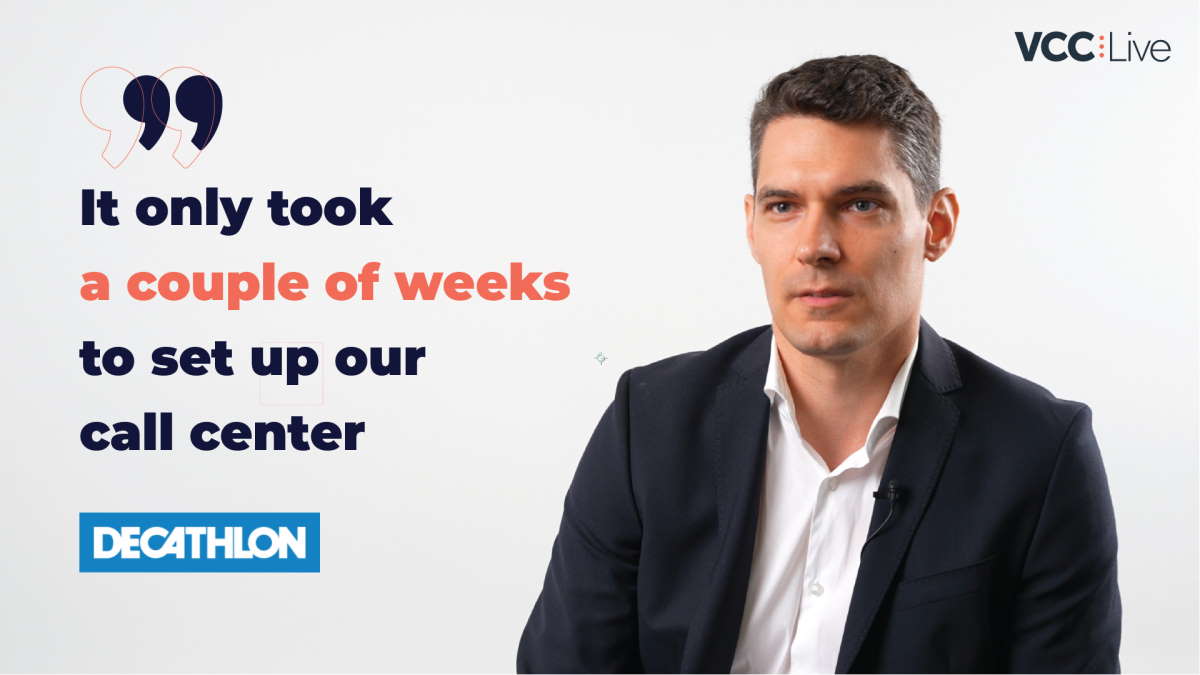
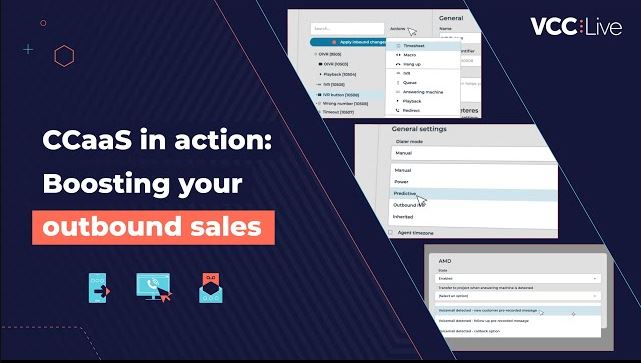
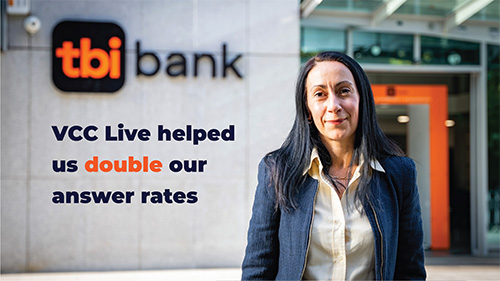
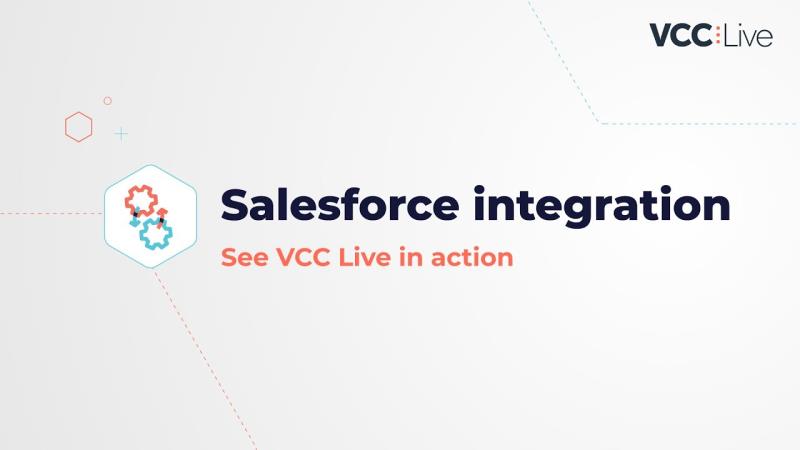
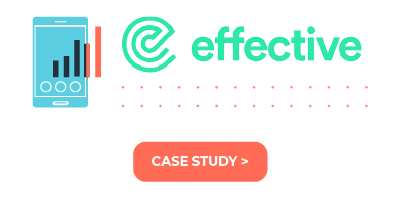
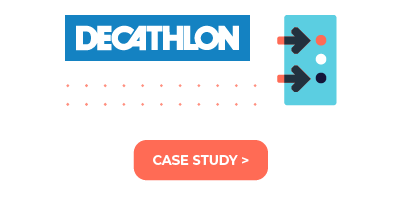
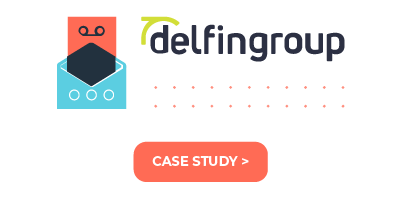
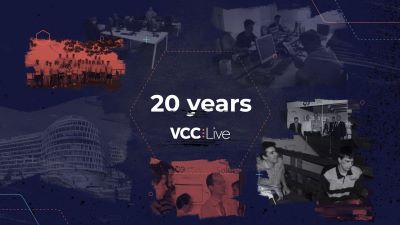
Comments
Can’t find what you need? Use the comment section below to connect with others, get answers from our experts, or share your ideas with us.
There are no comments yet.